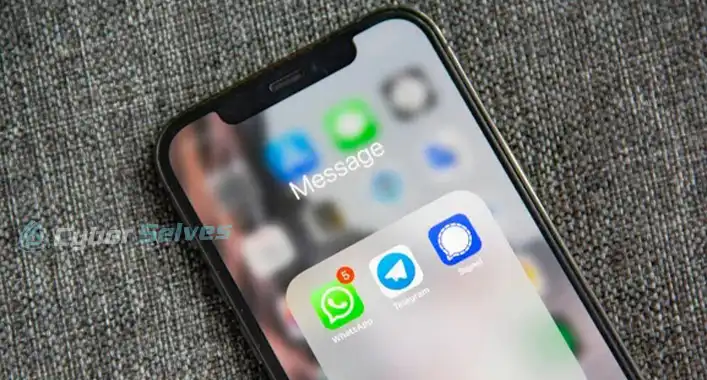[Explored] What Is Cloning in Cyber Security?
In this age of information technology, cyber-attacks are conducted by hackers and cyber attackers to facilitate themselves with the information or data. To do so, the hacker or malicious actors use various techniques to get steal the information or data; cloning is such kind of technique used by the hackers. In this article, we will be discussing cloning attacks; keep reading this article to know about it.

What Is Cloning in Cyber Security?
Cloning is the process of taking a legit document and replacing normal links with malicious ones. Which may cause a person who mistakenly clicks on the malicious link. The attackers often use excuses to resend messages due to issues with links or attachments in previous emails. This process is conducted through impersonating email addresses from a trusted source, email recipients are more likely to fall into the cloning attacks and open malicious links or attachments.
How Cloning is Carried Out?
The hackers or the cyber attackers modify the legit email by replacing or adding a link that redirects to a malicious or fake website. The email is sent to numerous people and the hacker keeps an eye on the victims who click on the recipients. When the email arrives, the hackers already have enough knowledge about the device and the internet security protocols. This allows the hackers to create an effective online scam. The hackers typically start with social engineering to gather information about victims before crafting phishing and whaling attacks.
Why Do Hackers Clone Websites?
To hack or get access to a legit website, the hackers need to find the vulnerability in the source code of the website. Cloning a website allows the hacker to collect different types of source code information without repeatedly visiting the legit website physically. Whenever you visit a legit website, the website logs your IP address which is pretty annoying and risky for a hacker. So, the hacker clones the websites to get the source code info without repeatedly visiting the website physically.
What are Spray-and-Pray Tactics in Cloning?
Spray-and-Pray tactics are arguably the most common type of phishing clone. In these tactics, hackers or cyber criminals poses as a legitimate person or organization and send out bulk emails to as many addresses as they can get. This involves taking a legitimate email address and using that email to create an identical email that is then sent from a fake email address that closely resembles the legitimate email address. As mentioned before, phishing cloning is a type of phishing attack that contains attachments or links which is previously delivered as legitimate content or recipient address and used to create a nearly cloned email. This tactic is called spray-and-pray tactics in phishing cloning.
Frequently Asked Questions (FAQs)
What Is a Password Cloning Attack?
The password cloning attack refers to an attack that synchronizes the hacker’s own smart device using the victim’s Google account credentials and saved password. This type of attack is specially conducted for stealing personal and confidential information from the victim’s device.
Can Someone Clone Your Email?
Of course, it is possible to clone your email. It is very much possible for the hackers or attackers; creating a clone of a legit email allows the hacker to make an exact copy of an existing newsletter or flyer.
What are Whaling Attacks?
Whaling attacks are a type of highly targeted phishing attack that targets the senior executives of an organization by masquerading as a legitimate email. It is digitally enabled fraud through social engineering and designed to encourage victims to perform the secondary action.
Finishing Up
Now, you know about the cloning attacks on cyber security. Most cyber security experts recommend to not opening any type of attachments from a suspicious or malicious email. Because it can be highly dangerous for you. That’s all for today, have a great day.



![[4 Fixes] Your Internet Security Settings Prevented One or More Files From Being Opened (100% Working)](https://cyberselves.org/wp-content/uploads/2022/11/Your-Internet-Security-Settings-Prevented-One-or-More-Files-From-Being-Opened.jpg)

